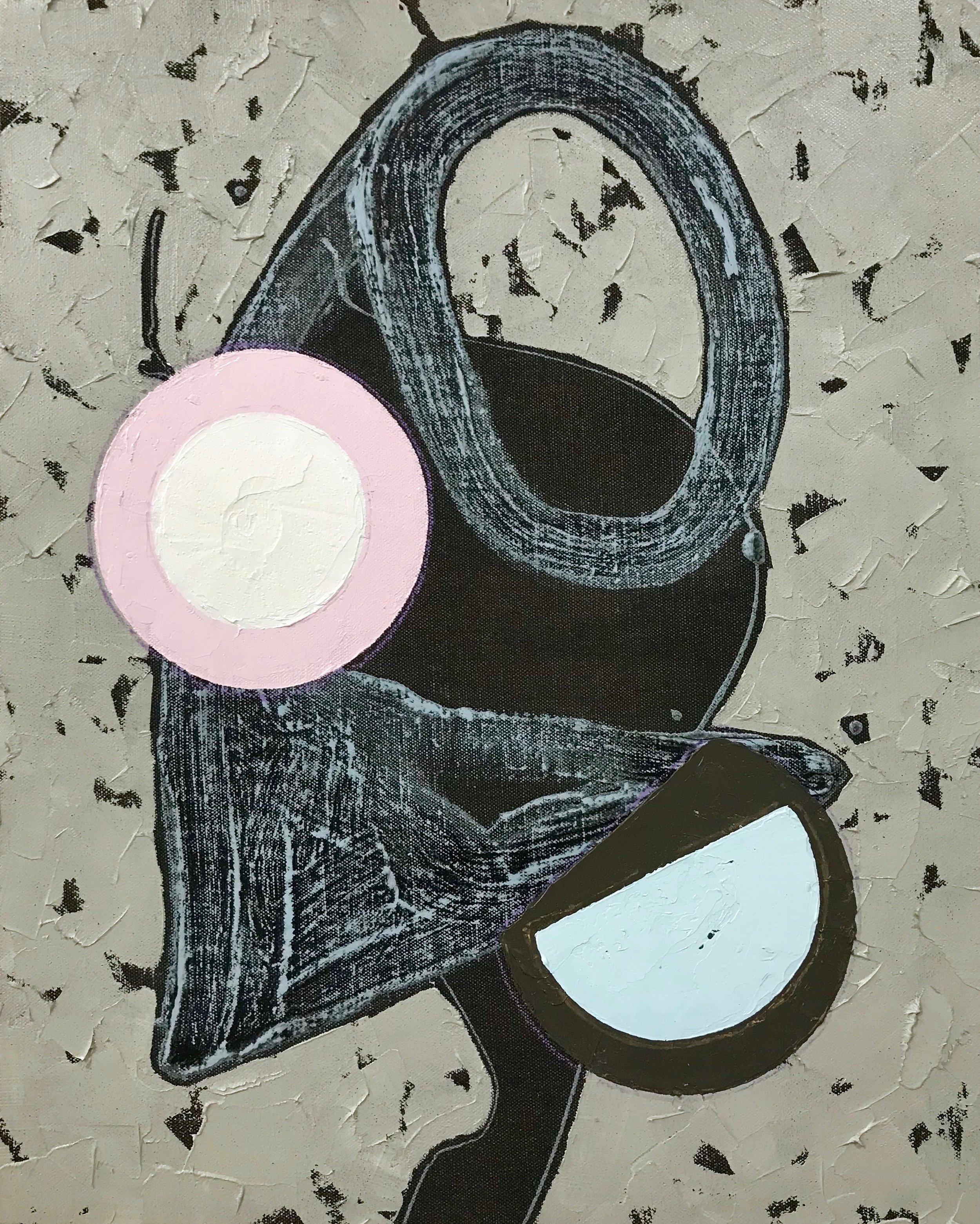FLOATSAM AND JETSAM
24 June - 17 July 2021
Liverpool Street Gallery
{ Flotsam and Jetsam }
noun
/pronounce/ flot·sam and jet·sam
Pieces of broken wood and other waste materials found on the beach or floating on the sea: We wandered along the shore, stepping over the flotsam that had up in the night.
Miscellaneous or unimportant material: a notebook filled with flotsam and jetsam
Peter Sharp, or also known to us as, Nature Boy, has come up with a new body of work. His paintings are a meditation on a theme, landscape and the nature around us. Peter is Nature Boy because he simply relies on nature for inspiration. A wonderful, child-like enthusiasm covers his face when he talks about the fragments of wood or leaves that have washed up on the seashore. These shapes, the texture and their relation to the world around the object inform Sharp’s perspective on drawing and later painting. After taking a walk Peter draws, he believes that ‘drawing is like the thinking that happens before you speak’. It’s immediate, it’s reactive, it’s the quizzical brainstorm that is poured out onto the page without too much hesitation. “Painting is like holding your breath and waiting to see what happens” –the paint wiggles, breathes, jumps and sways to life, evoking the feeling of being in nature.
Sharp has greatly referenced his inspiration and admiration of indigenous depictions of land and nature. That depicting a landscape is not so much a visual replication of the land but rather the experience of it. A nuanced type of language where the artist depicts their own relationship and experience of the land. Sharp sits between the borders of abstraction and realism, whereby the viewer can depict familiar shapes, a leaf, a gumnut, a line tracing on the bark of a tree. Yet the imagination is sparked, we’re not served with a landscape that our brain perfectly comprehends, but rather something that can trigger our own memories, our own depiction of land and our experience of it. Sharp walks along the beach, drawing anything that is in the tide line, they’re a diagram, a plan, a map to create a painting.
The new series is potentially the most abstract set of paintings that he’s created. They’re elusive in nature, drawing a tangible thread to reality whilst distorting it at the same time. He draws what he is visually attracted to – but using his intuition and imagination. Sharp states that sometimes he does imagine what an object use to be before he stumbled upon them on the beach, but prefers to not think, to not think too hard about the shape and about the realistic depiction. As an art teacher Sharp also toys with notions of visual form, the idea of how far can he push the boundary of a visual form before it falls apart and no longer is the object it was in the beginning. He believes that it must always have a tangible thread, something to anchor the piece to its original state. But perhaps he might explore this dissonance of objecthood and provenance in another series. In his current show we see familiar shapes and colours, fluid lines and a type of textural depth that depicts the sand and all that washes up on it.
Flotsam and Jetsam is aptly named for the show, it’s waste material that Sharp finds which compel his need to paint and draw. They’re not waste, they’re not useless but rather like fuel, fuelling the creativity within Sharp. He elevates what is considered discarded or unimportant, to a new status, the trigger of his creativity. Reminding us that one man’s trash is another man’s treasure.
- Althea Kuzman

Beach Bloom 2

Beach Bloom

Beach Debris

Floatsam

Blush

Cluster

Covey

Double

Floatsam 2

Jetsam

Log

Makeshift

Mottle 2

Tree

Shuffle

Shallows

Rosid 2

Rosid 1

Rambler

Proposition for a Tree

Penumbra

Onshore

Offshore

Nudge

New Moon

Mottle

Unfurl




